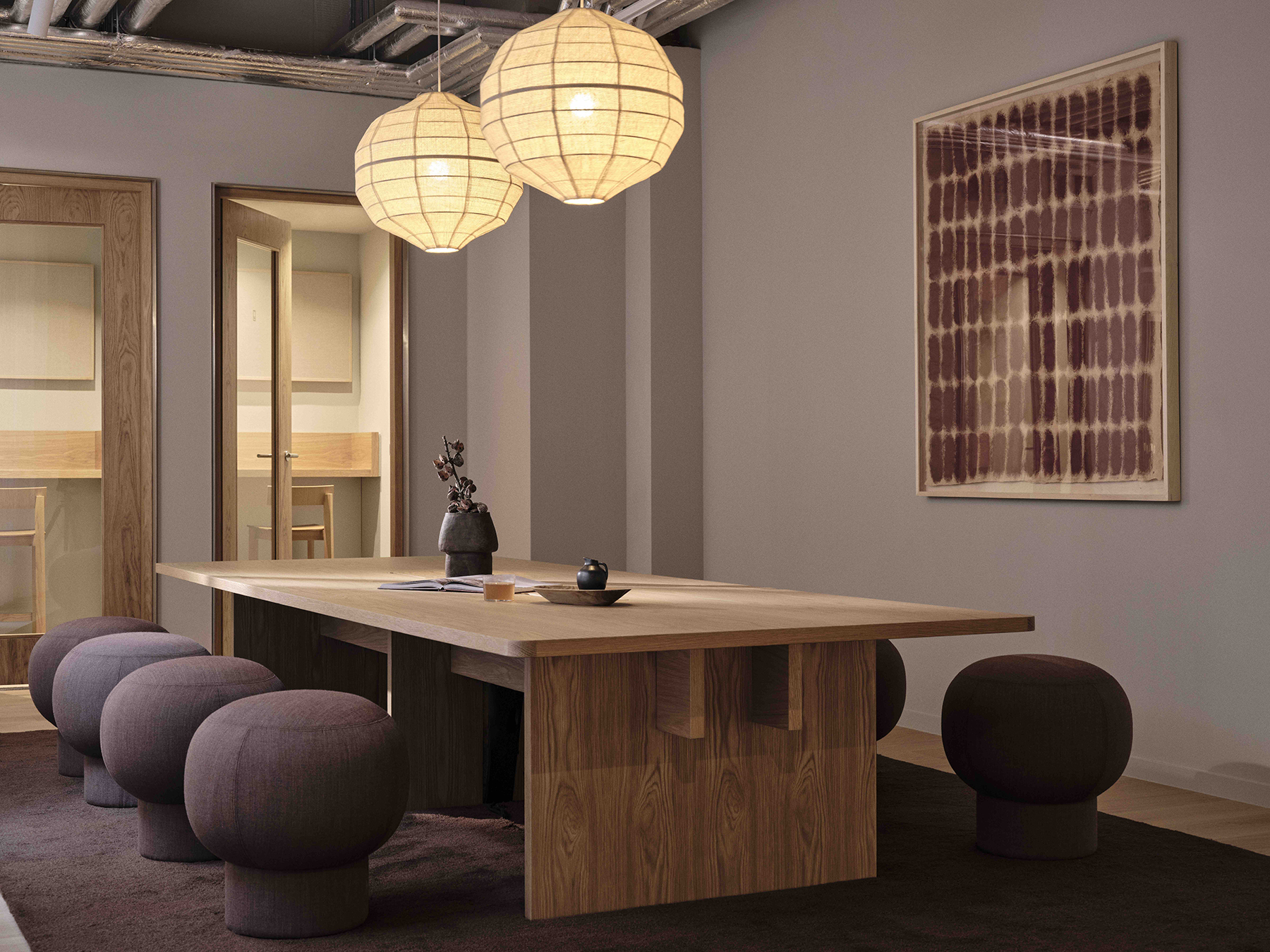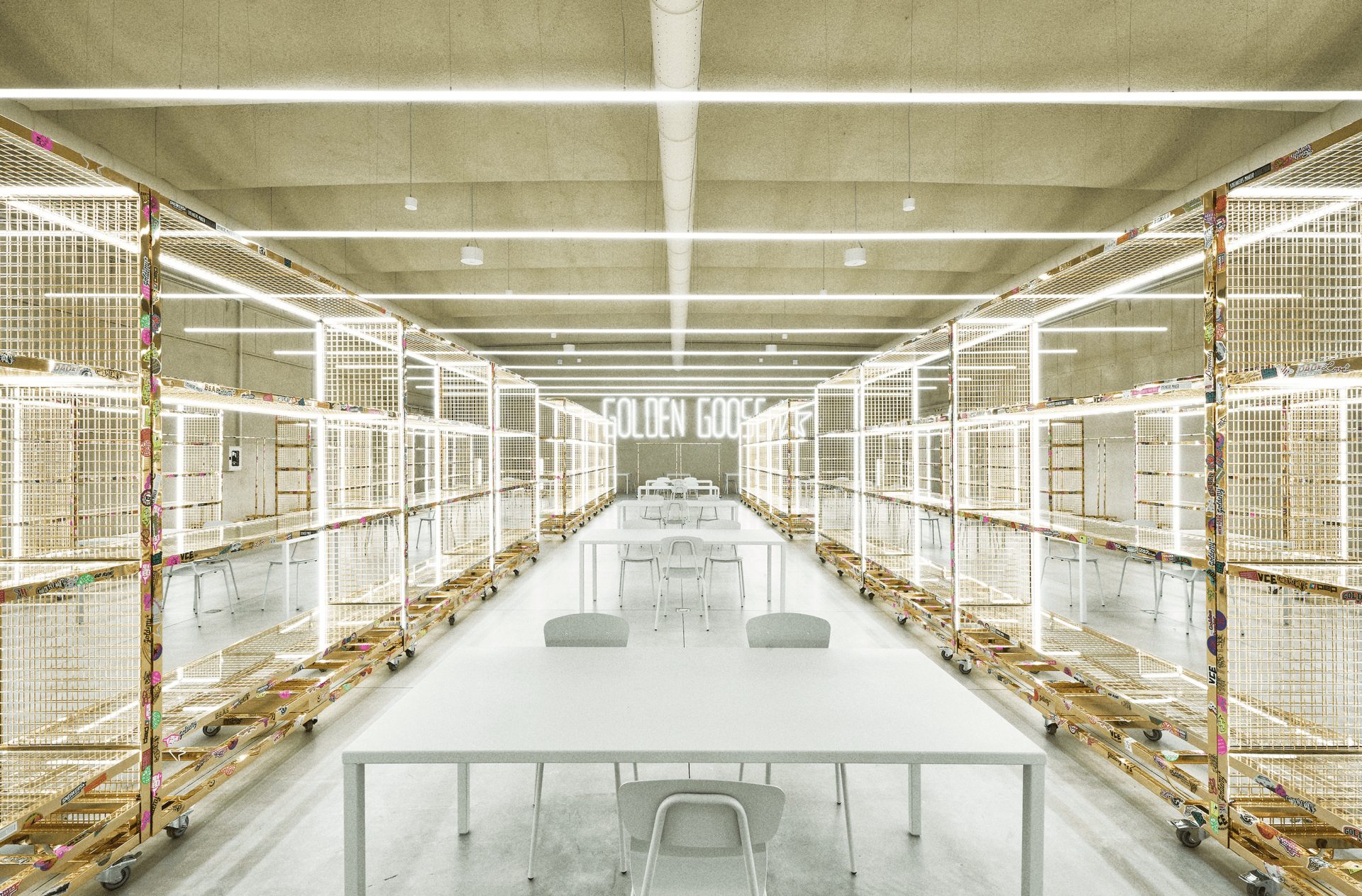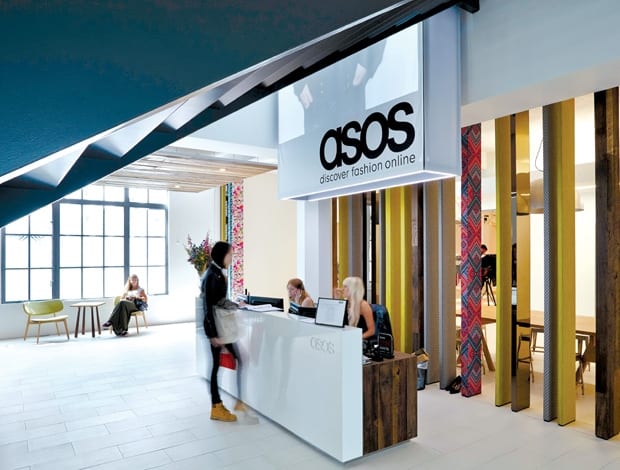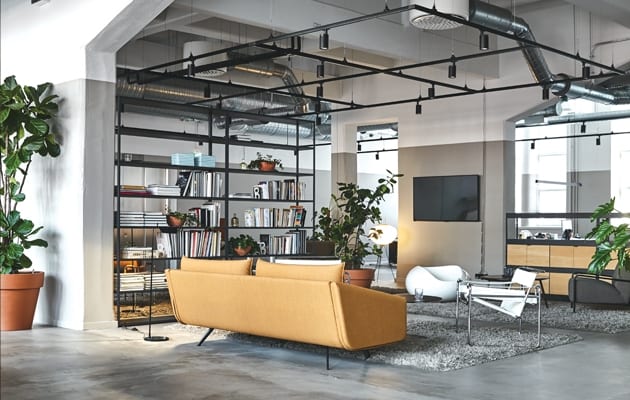 |||
|||
Blue Monday is often cited as the most depressing day of the year. Falling annually on the third Monday of January, this year on the 20th, it has become a symbol of the trials of returning to work and normal life after the festive period.
But instead of perpetuating a simplified understanding of mental health causes – like Blue Monday – we should be looking to create a working environment that eradicates these annual troubles and instead fosters a happy and supportive work life.
Mental health and wellbeing are significant problems amongst workers in the UK, with 2019 statistics claiming that two in every five workers have experienced work-related mental health issues. However, there is no reason why we can’t seek to change this over the coming year, so this is what I hope to see in 2020:

A holistic understanding of wellbeing
We know that workplace design has a crucial role to play in how people feel at work. However, I expect in 2020 that we will see a return to companies focusing on really nailing the basics and taking a holistic approach when it comes to workplace design.
Add-ons such as pinball or foosball machines and slides are fun, but they are far from a serious solution. Great wellbeing-conscious design has to focus on the needs of the people using those spaces and to create a workplace atmosphere that understands the broader elements that can affect mental health. To achieve this, employers should look at both the physical and emotional aspects of wellbeing.
Read more: Wellness is too big to be ignored – so why aren’t we paying it more attention?

The impact of physical wellbeing on our mental health
Causes of poor mental health are not just rooted in the mind – our physical wellbeing impacts our ability to jog round the park, but also how we think of and perceive ourselves across our life – whether at work or at home.
Employers in 2020 therefore need to be tackling mental and physical health equally. It’s well known that exercise provides a range of benefits for mental health; stress and anxiety is reduced through increasing blood flow, controlling hormones and encouraging deep sleep, according to the Mental Health Foundation.
This not only means having dedicated workout space, flexibility for staff to exercise during the day, and the flexibility of options such as sit or stand desks, but it also includes a greater understanding of the impacts that physical space can have on staff’s mental health.
Workplace design has to pay attention to the ergonomic, thermal, acoustic and visual needs of every employee. Our physical comfort can have a huge impact on our wellbeing, and our workspaces need to be places where we feel at home. For Brits, this is especially true as we spend more time at work than our European cousins, according to data from the TUC.

A greater consideration of emotional wellbeing
Factors such as financial stability and belief in our work are fundamental to leading a happy, healthy and fulfilling life. In 2020, I expect to see companies providing greater support for staff in these areas through workshops that tackle financial wellbeing and techniques for resource organisation, prioritisation, and a mindful approach to work.
It’s also crucial that employers establish a network of trust – one that ensures rewards and appreciation for good work, a strong and healthy work-life balance, and even encourages charitable interests – a sense of altruism is shown to boost our emotional wellbeing. According to a 2019 Workhuman study, 72 per cent of employees also feel a sense of belonging when they are recognised by their managers for work well done. This means that showing gratitude to staff isn’t just a nice thing to do – it’s a vital ingredient to a happy and thriving workplace.
Prevention is far better than a cure for many ailments; this is no different for mental health. High-quality, wellbeing-led design can put this into action, but wellbeing must also be embedded into company culture – not seen as merely a temporary add-on.
Many are beginning to wake up to this reality. Last year, Microsoft Japan trialled a four-day working week for a month, finding a 40 per cent increase in productivity. And this month the Finnish Prime Minister also announced plans to introduce a four-day week and reduce working hours in the country. Brits might be wedded to the idea of a culture of long hours, but what I hope to see in 2020 is a major realisation from employers that more hours of being chained to our seats doesn’t necessarily equate to greater, or better quality, output.
Getting wellbeing right should be simple – we don’t need to overcomplicate what workers need and want. However, it does need to be thought about at all stages and across all aspects of workplace culture and design. I hope that 2020 will see a more concerted effort from those across the working environment to ensure that Blue Monday will become just another day – even if it is still the start of the working week.
Ben Channon, Associate and Mental Wellbeing Ambassador at Assael Architecture on his hopes for a 2020 Well Workplace































